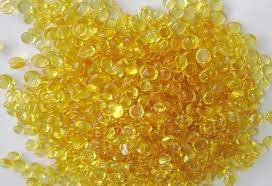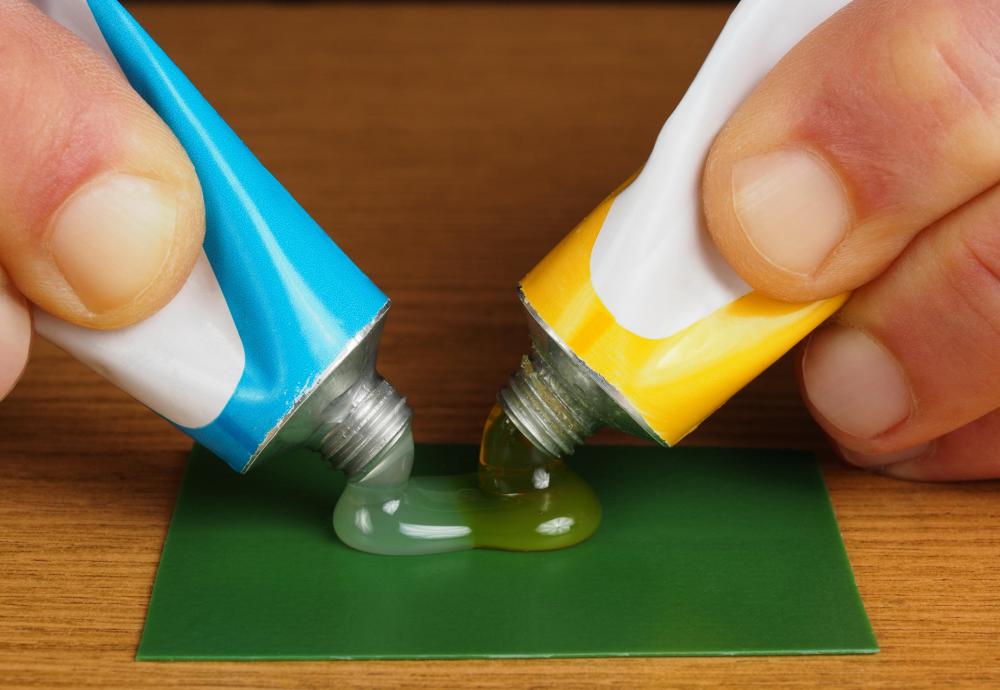RESINS & ADHESIVES TESTING@BOMBAY TEST HOUSE PVT LTD.
Resins and adhesives are materials used in various industries for bonding, sealing, or coating purposes. Here's a brief explanation of resins and adhesives:
 Resins: Resins are a broad class of synthetic or natural materials that have a viscous or solid state at room temperature but can be transformed into a liquid or semi-liquid state under specific conditions such as heat, pressure, or the addition of a curing agent. Resins are typically made by polymerizing or cross-linking monomers or pre-polymers. They can be classified into different types based on their chemical composition and properties, such as epoxy resins, polyurethane resins, polyester resins, and acrylic resins.
Resins: Resins are a broad class of synthetic or natural materials that have a viscous or solid state at room temperature but can be transformed into a liquid or semi-liquid state under specific conditions such as heat, pressure, or the addition of a curing agent. Resins are typically made by polymerizing or cross-linking monomers or pre-polymers. They can be classified into different types based on their chemical composition and properties, such as epoxy resins, polyurethane resins, polyester resins, and acrylic resins.- Epoxy resins: Epoxy resins are thermosetting polymers known for their excellent adhesion, chemical resistance, and mechanical properties. They are commonly used in various applications such as coatings, adhesives, composites, electrical encapsulation, and structural repair.
- Polyurethane resins: Polyurethane resins are versatile materials that can be either thermoplastic or thermosetting, depending on the specific formulation. They offer a wide range of properties, including flexibility, durability, and resistance to abrasion, chemicals, and weathering. Polyurethane resins find applications in coatings, adhesives, sealants, foams, and elastomers.
- Polyester resins: Polyester resins are thermosetting polymers derived from the reaction of a polyol with a reactive monomer or cross-linking agent. They are widely used in applications such as fiberglass reinforced plastics, boat building, automotive parts, and construction.
 Adhesives: Adhesives are substances used to join or bond two or more materials together by adhesion. They provide a strong bond between surfaces, allowing for the transfer of load or stress. Adhesives can be classified into different categories based on their chemical composition and curing mechanism.
Adhesives: Adhesives are substances used to join or bond two or more materials together by adhesion. They provide a strong bond between surfaces, allowing for the transfer of load or stress. Adhesives can be classified into different categories based on their chemical composition and curing mechanism.- Solvent-based adhesives: These adhesives are composed of a polymer or resin dissolved in a solvent. They form bonds when the solvent evaporates, leaving behind a solid adhesive layer.
- Reactive adhesives: Reactive adhesives, such as epoxy or polyurethane adhesives, cure and form strong bonds through a chemical reaction with a curing agent. They can provide high strength, durability, and resistance to various environmental conditions.
- Hot melt adhesives: Hot melt adhesives are solid materials that melt when heated and then solidify upon cooling. They are commonly used in applications that require fast bonding, such as packaging, woodworking, and bookbinding.
- Pressure-sensitive adhesives: Pressure-sensitive adhesives (PSAs) are tacky materials that adhere to surfaces with the application of slight pressure. They provide an instant bond and are commonly used in labels, tapes, and sticky notes.
Resins and adhesives play essential roles in industries such as construction, automotive, aerospace, electronics, packaging, and many others, providing effective bonding, sealing, and coating solutions.
The testing protocol for resins and adhesives involves various techniques to evaluate their performance, properties, and suitability for specific applications. Here are some key aspects of the testing protocol for resins and adhesives:
- Chemical Composition Analysis: The first step is to analyze the chemical composition of the resin or adhesive. This can include identifying the types of polymers, additives, fillers, curing agents, and solvents present. Techniques such as Fourier transform infrared spectroscopy (FTIR), nuclear magnetic resonance (NMR), or gas chromatography-mass spectrometry (GC-MS) can be used for chemical analysis.
- Viscosity Measurement: Viscosity testing is performed to determine the flow characteristics of resins and adhesives. It helps assess their ease of application, processability, and potential for sagging or dripping. Various viscometers, such as rotational viscometers or Brookfield viscometers, are commonly used for viscosity measurements.
- Cure and Setting Time: The cure and setting time of resins and adhesives are crucial factors in determining their working and handling characteristics. These properties can be evaluated by monitoring the change in viscosity, tackiness, or hardness over time using specific test methods or curing ovens.
- Bond Strength Testing: Bond strength testing is performed to assess the adhesive strength between different substrates. Techniques such as tensile testing, shear testing, or peel testing are employed to determine the force required to break the adhesive bond.
- Environmental Testing: Resins and adhesives are often exposed to various environmental conditions during their service life. Accelerated aging tests, such as heat aging, UV exposure, humidity cycling, or chemical exposure, can be conducted to evaluate the material's resistance to degradation and changes in performance.
- Thermal Analysis: Thermal properties, such as glass transition temperature (Tg), melting point, or thermal stability, are important for understanding the behavior of resins and adhesives under different temperature conditions. Differential scanning calorimetry (DSC), thermogravimetric analysis (TGA), or dynamic mechanical analysis (DMA) can be used to assess thermal properties.
- Chemical Resistance Testing: Chemical resistance testing helps evaluate the resistance of resins and adhesives to various chemicals, solvents, and environmental agents. Exposure tests or immersion tests in specific chemicals or solutions can be performed to assess the material's compatibility and performance.
- Adhesion Testing: Adhesion testing methods, such as pull-off testing, lap shear testing, or blister testing, are conducted to evaluate the bond strength and adhesion properties between the resin or adhesive and different substrates.
- Quality Control and Compliance: Resins and adhesives may need to comply with specific industry standards, such as those set by ASTM International or ISO. Testing for compliance with these standards ensures consistent quality, performance, and reliability of the material.
The specific testing methods and protocols may vary depending on the type of resin or adhesive being analyzed and the intended application. Manufacturers or industry standards often provide guidelines for testing procedures and acceptance criteria.

Testing
Read More
Inspection
Read More
Certification
Read MoreTesting Services
- Drugs & Pharmaceutical Testing
- Cosmetics & Essential Oils Testing
- Medical Devices Testing
- Ayush - Ayurvedic Drug Testing
- Food Products Testing
- Agri Commodities Testing
- Fertilizers and Soil Testing
- Animal Food & Feed Testing
- Water - Drinking Water & Effluent Water Testing
- Industrial Oils and Lubricants & Petroleum Products Testing
- Coal & Coke and Solid Fuels Testing
- Ores & Minerals Testing
- Metals & Alloys Testing
- Plastics, Polymer, Rubber & Rubber Products Testing
- Resins & Adhesives Testing
- Paints, Varnish, Pigments & Surface Coating Testing
- Glass & Ink, Paper & Pulp Testing
- Industrial & Fine Chemicals Testing
- Dyes, Acids and Solvents Testing
- Soaps, Detergents & Toiletries Testing
- Packaging & Packaging Products Testing
- Gold & Silver Assaying & Hallmarking
- Cement, Concrete & Building Materials Testing
- Pollution and Environmental Studies
- Microbiological Assays. Etc.,









